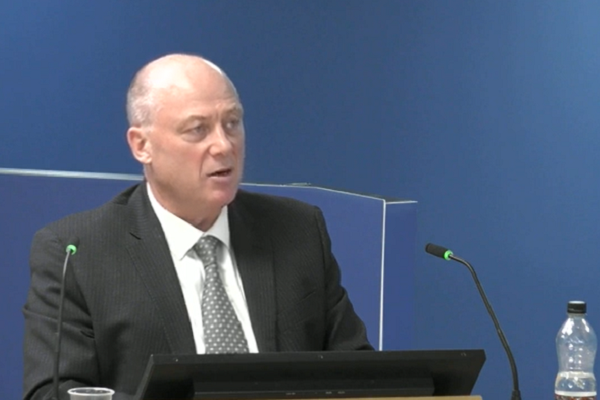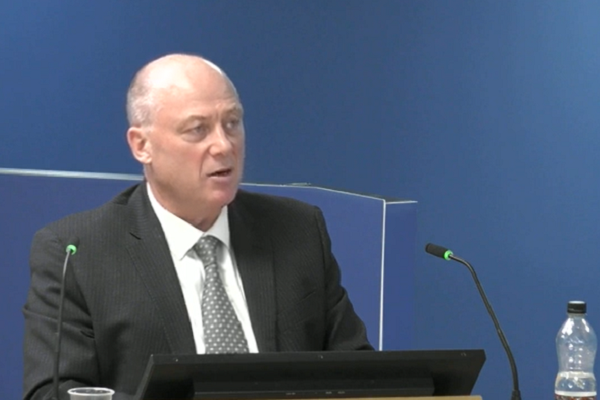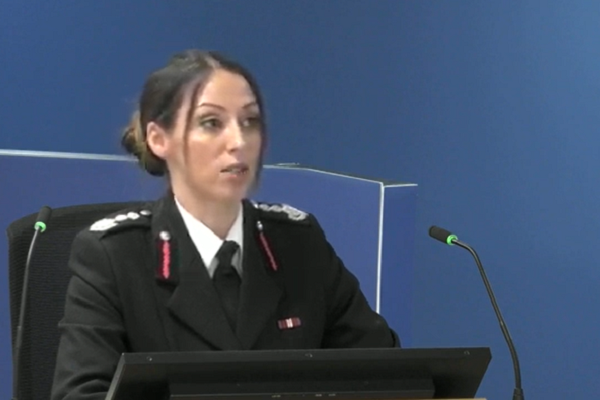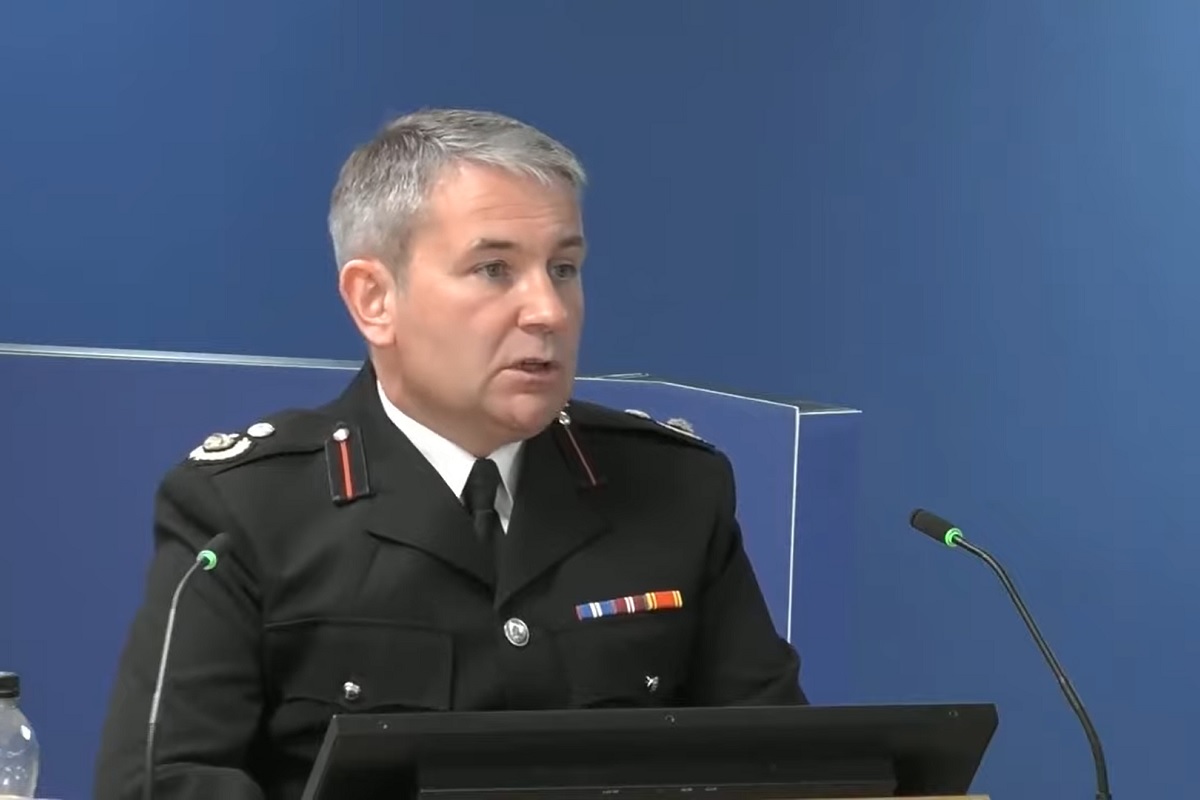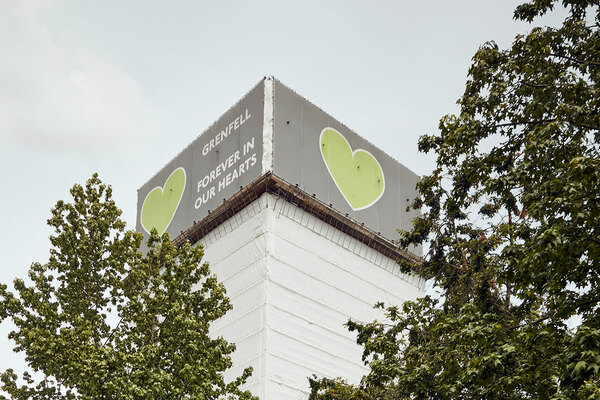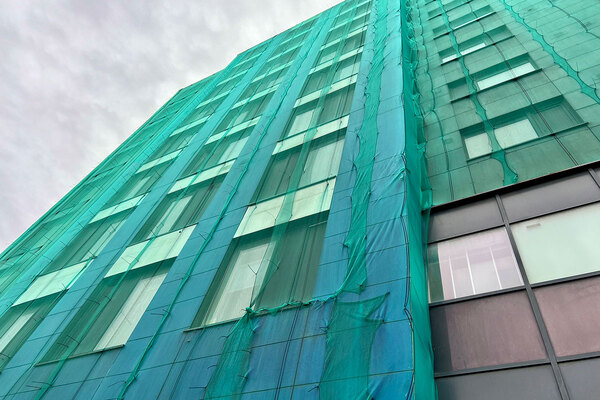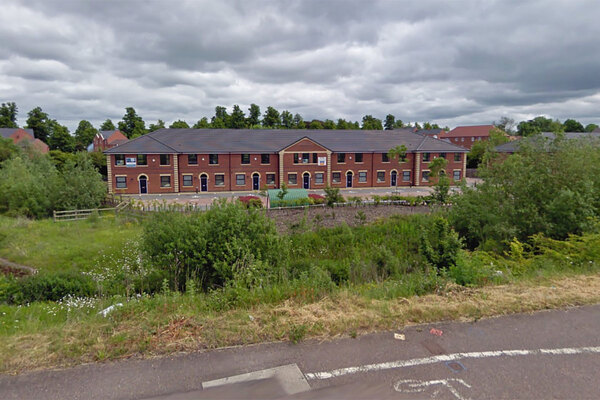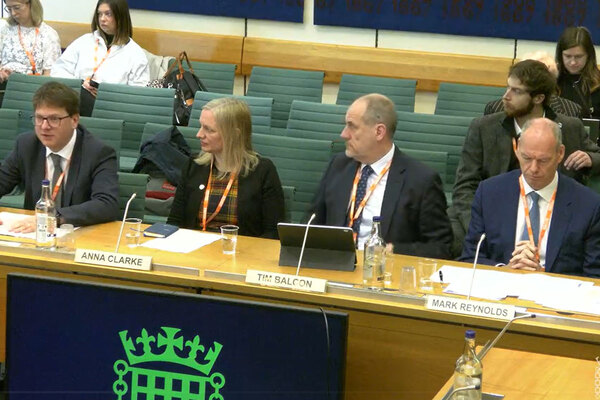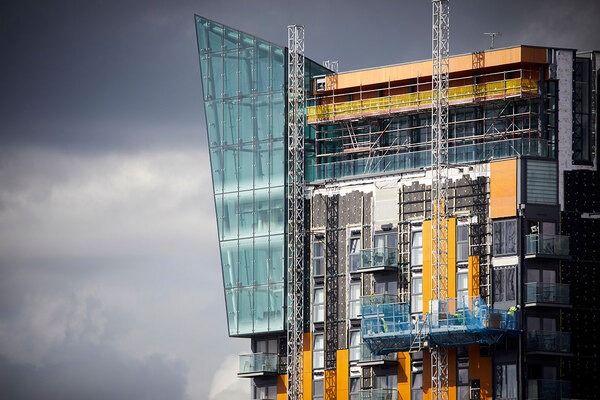LFB training ‘contributed to lack of preparedness’ for rapid fire spread despite Lakanal warning, inquiry hears
A London Fire Brigade (LFB) document noted that firefighters were often “unprepared” for fires which spread rapidly through buildings and that training had “contributed to [this] lack of preparedness”, a year after it told a coroner it had updated its training in this regard.
The coroner who investigated six deaths in the Lakanal House fire in south London in 2009 recommended in 2013 that the brigade update training for incident commanders to ensure they could “anticipate that a fire might behave in a manner inconsistent with the compartmentation principle”.
The “compartmentation principle” is the theory that buildings should hold a fire within a flat, or compartment, for long enough for it to be extinguished. This means the fire can be tackled without a general evacuation of the building.
The coroner ordered this change to training after this failed seriously at Lakanal and surprised crews, with the six residents killed all trapped by smoke and flame in flats other than where the fire had started, having previously been advised to ‘stay put’.
On 3 March 2014, the brigade recorded this recommendation as closed.
But a year later, a report was submitted to the brigade’s senior Operational Directorates Co-ordination Board (ODCB) recommending new training for tackling fires in highly insulated buildings.
“Rapid fire growth is becoming an increasingly common feature in highly insulated buildings. Studies have shown firefighters are often unprepared for such rapid fire growth and as a result have often not used effective firefighting tactics,” it said.
“Compartment fire behaviour training in simulator units has contributed to this lack of preparedness in that the fire in these units rarely extends beyond the compartment of origin.”
“The blunt fact that appears to rise from this is that the LFB hadn’t implemented the coroner’s recommendation. Would you accept that proposition?” asked Andrew Kinnier QC, counsel to the inquiry.
David Brown, a former deputy assistant commissioner and chair of the ODCB, denied this. He argued that while it was difficult to simulate rapid fire growth in “real fire training”, other courses “made staff aware of the very real danger of this thing happening”.
“Given the holistic nature of the training and the fact that crews are well aware, both through training and experience… of the potential for fire extending beyond the compartment for a range of reasons, I do think that we met the coroner’s recommendation,” he said.
The risk of rapid fire growth in highly insulated buildings was then communicated to fire crews through an article in ‘Operational News’, an internal newsletter used by the LFB to keep stations informed of risks and necessary new training.
But this article did not refer to the risk of fire breaking out of a compartment, and the only example it gave was of a hotel fire which specifically stated that the fire had remained in a single hotel room.
“Do you consider this to be a useful example of the dangers of fire spread outside the compartment of origin?” asked Mr Kinnier.
“There could be better examples, yes,” Mr Brown replied.
“Ones that involve fire spread outside the compartment of origin, for example?” asked Mr Kinnier.
“Yes, but I think it’s from the skills, knowledge, experience of London firefighters who have seen many examples of fires escaping the compartment externally, it’s implicit in their own mind that one can lead to the other,” Mr Brown replied.
The inquiry has previously heard evidence that on the night of the Grenfell Tower fire, before then-assistant commissioner Andrew Roe took command at around 2.30am “none of the incident commanders had been able to conceive of the possibility of mass compartmentation failure and the consequent need to consider, and then order, a total evacuation of the building”.
Residents were continually advised to stay put until at least 2.47am, despite the rapid spread of flames up and around the building and the extensive spread of smoke through lobbies and stairwells inside the tower.
The report also concluded that the “knowledge that high-rise buildings are constructed on the basis of effective compartmentation itself created a barrier to thinking about evacuation” in the minds of incident commanders.
As the inquiry has previously heard, a training package covering rapid fire spread in highly insulated buildings was developed but was not rolled out due to issues with the brigade’s IT – previously linked to a switch of web browser.
Mr Brown said today that the problem was a result of “bandwidth” issues with the internet at fire stations.
“The problem was once we tried to use it, crews were reporting difficulties in terms of buffering at stations and the videos not loading up etc,” said Mr Brown. “IT were saying to us ‘there’ll be bandwidth improvements, it’s an issue we’re aware of and we’re dealing with it’. It was forever ‘it will be sorted in a month or two’.”
He said that the issue only impacted this training package because it was so “video-intensive”.
The package had been produced by the brigade’s private training contractor Babcock, which won a contract to prepare its training materials in 2012.
“It slightly surprises me that Babcock were producing training materials which couldn’t be delivered by the LFB,” said chair Sir Martin Moore-Bick. “Were Babcock not aware of the level of IT available to stations?”
“I think this caught everyone by surprise in terms of the issue. To be fair to Babcock, I don’t think it had been made clear to them,” said Mr Brown.
Mr Brown finished his evidence today, ahead of schedule, meaning the inquiry adjourned at lunchtime until Wednesday next week, which is the earliest the next witness will be available.
Wednesday is the only day the inquiry will sit next week, before moving to expert evidence concerning the LFB from Monday 18 October.
Sign up for our weekly Grenfell Inquiry newsletter
Each week we send out a newsletter rounding up the key news from the Grenfell Inquiry, along with the headlines from the week
Already have an account? Click here to manage your newsletters
